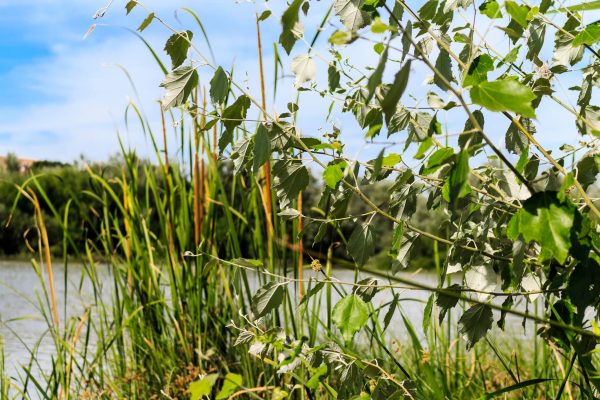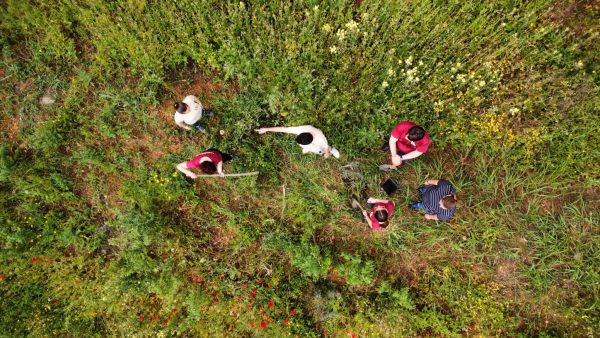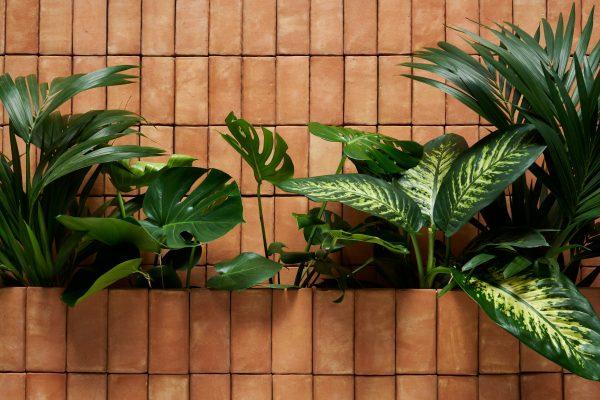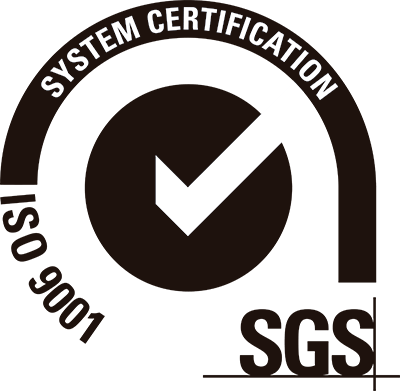
BIOECOREST-SAFARI (PART 2): clay technologies, project vision and expected outcomes
We delve into the details of the BIOECOREST-SAFARI project: what technologies we are exploring, what is the mission of the project and what results we expect to obtain.
In a previous article, we explained the fundamental concepts of BIOECOREST-SAFARI, the river line of the BIOECOREST ecological restoration project. In this second installment, we will go deeper into the technological strategies that we will use in the project and what results we expect to obtain from the whole initiative. But first, let’s review the mission, vision and objectives of BIOECOREST-SAFARI:
The project’s mission is to develop innovative and sustainable eco-engineering solutions that transform dredging sludge into stable substrates, promoting the revegetation of riverbanks and facilitating the recovery of native vegetation in the pilot areas. We are guided by the vision of positioning the project as a reference in the application of circular economy and eco-engineering technologies for ecological restoration.
The objective of the project is to study the technical feasibility of converting dredging sludge into effective substrates for the revegetation of river banks, and to apply these solutions in two pilot areas (Doñana and Corta de los Jerónimos), thus increasing the resilience of ecosystems and improving the sustainability of port infrastructures in the face of current and future environmental challenges.
Clay Technologies and Nature-Based Solutions
To address these challenges, the project proposes a strategy based on advanced ceramic technologies and innovative manufacturing processes, with two main tools:
Compressed Earth Blocks (CEBs):
These are blocks made of mixtures of clayey earth, natural stabilizers and aggregates. They are designed to improve water retention and favor root development of river vegetation, promoting the natural regeneration of the ecosystem.
3D Printing with Clay
This technology allows us to create complex and customized structures that adapt to specific riverbed conditions. Through 3D printing, optimized infrastructures can be designed in terms of porosity and mechanical resistance, resulting in faster and more efficient production. This technology, although it has already been used in other fields (such as the construction of artificial reefs), is positioned in BIOECOREST as a pioneering solution in the field of river restoration.
Expected Results
The project is expected to generate transformative environmental, economic and social results through ecological restoration that takes advantage of natural processes to increase the resilience of ecosystems and promote their well-being.
Bank stabilization will significantly reduce erosion, strengthen the physical integrity of the riverbanks, and promote water regulation to minimize the risk of natural disasters.
In addition, the implementation of a solution based on the circular economy will convert waste into resources, contributing to the improvement of water quality, carbon sequestration and the economic viability of productive systems.
Finally, the innovative integration of clay technologies will not only demonstrate its technical feasibility, but will also lay the groundwork for replicating this approach in other degraded ecosystems and port-logistic infrastructures.











